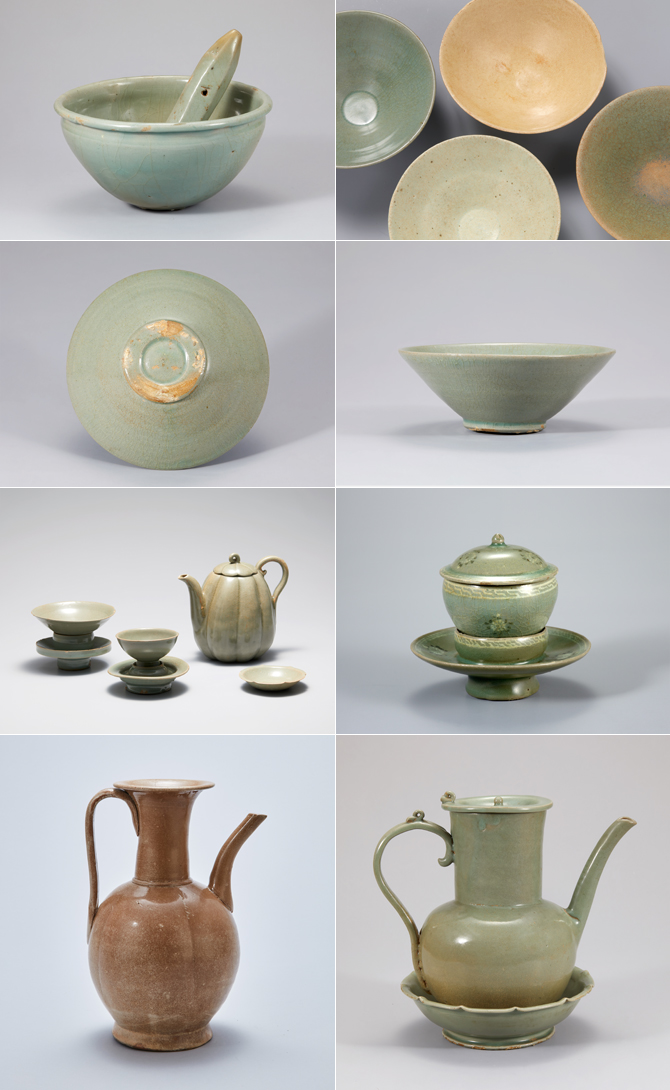서브메뉴
본문내용
- Duration : Dec. 4 (Fri.), 2020 – Jun. 27 (Sun.), 2021
- Place: Special Exhibition Gallery, Gyeonggi Ceramic Museum
The exhibition features: 121 objects including artifacts excavated from historic sites dating to the Goryeo period, celadon artifacts, and contemporary works
Celadon is the most celebrated type of Korean ceramics. And rightfully so! Its development is attributable very much to tea, which for centuries was the richest, most refined, and most sought-after beverage in East Asia.
In Korea, tea was never more treasured and appreciated than during the Goryeo dynasty (918-1392). A country already possessing the technical skills to produce proto-celadon of the preceding kingdom—Unified Silla—Goryeo accepted the advanced celadon techniques of China and succeeded in producing its own unique celadon. Celadon then rapidly emerged and became representative of Goryeo ceramics, and tea and celadon together developed in a symbiotic relationship to become the primary mark of cultural refinement in Goryeo society for 500 years.
This special exhibition, Aromas of Tea: Celadon and Tea Culture, focuses on tea, which was at the center of celadon culture in Korea. It features ceramics for use that evolved in tandem with tea culture. The exhibition is divided into two parts that tell stories about celadon and tea: Jade Green Celadon in Full Bloom and Enjoying Aromatic Teas.














 Ceramic Tour
Ceramic Tour





























